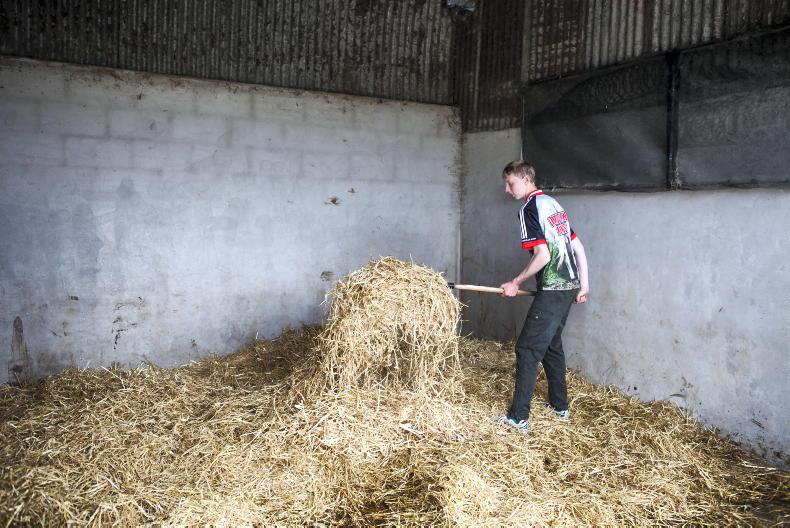Weather issues
Difficult weather conditions have continued to wreak havoc on grazing plans in many areas. Some parts of the country experienced very high levels of rainfall earlier this week which will delay turnout for another 7-10 days in some cases.
Some autumn calving herds have begun to dry off cows and wean calves.
Cows are being kept inside on hay, with weanlings being turned out. This is reducing feed costs where calves were on meal in creep areas. In spring calving herds it’s important to keep creep areas and calving pens well bedded and clean.
It’s been a long, tough spring with the risk of scour and pneumonia at its highest when shed space is under pressure. Make sure cows with spring-born calves are getting good silage and meal, as losing body condition could be detrimental to them going back in calf quickly in a few months.
Silage fertiliser
I gather that very little silage fertiliser has been spread, especially in the northwest. While land is still very wet it’s important to have the fertiliser ready to go once the weather window comes.
Aim to apply 70-100 units/ac of N on silage fields, and 120 units/acre on recently reseeded swards /0-3 years). Silage swards will use about 2 units/day so leave about 50 days between application and cutting.
It’s important that silage fields have adequate P and K to grow a good silage crop.
Assess your most recent soil sample results to determine what is needed. Cattle slurry is usually applied to silage fields in spring and can be a very good source of P and K. Spreading 3,000 gallons/acre of cattle slurry will supply sufficient P and K to grow a silage crop.
Aim to spread slurry on dull, damp days and also spread on very low covers to avoid contamination of silage crop. In a normal year, high DMD silage fields would have needed to be grazed off and closed by early April for a May cut of silage.
Getting silage fields grazed at this stage will be difficult, so one option might be to reduce the amount of N you apply and still go for an early cutting date to avoid grass heading out before cutting.
Be careful with large applications of K fertiliser. The maximum application in spring is 70 units/ac. If you require more than 70 units/ac, the remainder should be applied in autumn.






 This is a subscriber-only article
This is a subscriber-only article










SHARING OPTIONS: